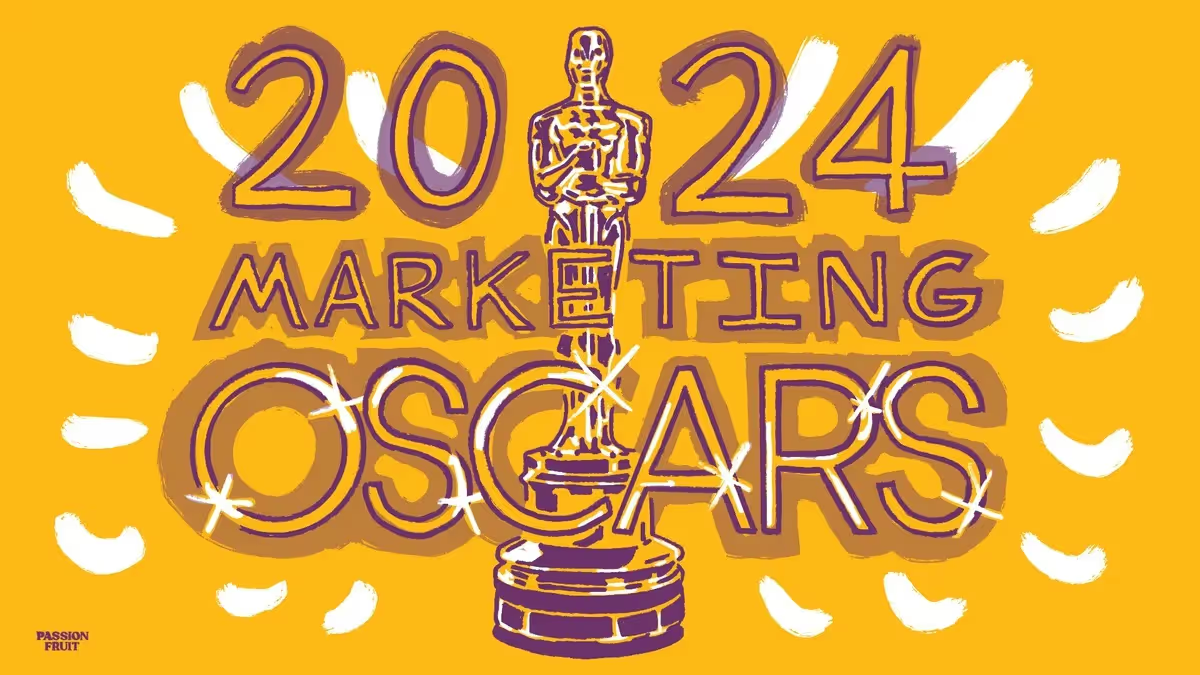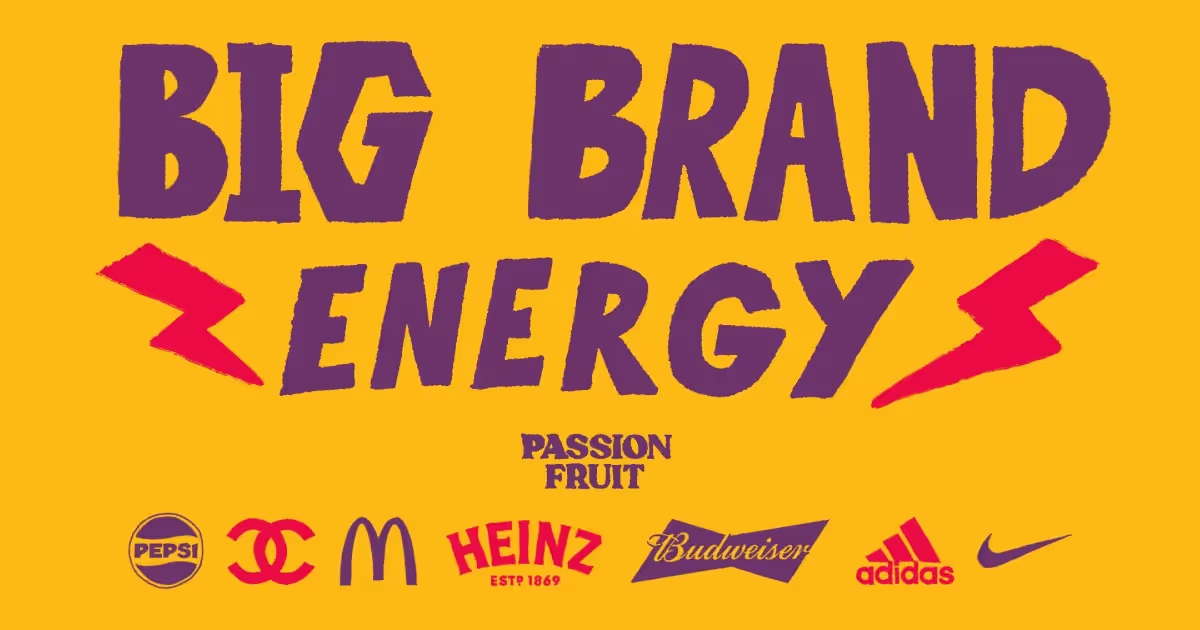Startup businesses are often conceived based on what the consumer market demands or what investors deem worthy of investing in. But these trends aren’t just chosen at random, instead influenced by many factors such as new technologies, politics, socio-economics and the environment - to name just a few.
In a world where we have seen disruption and change from the pandemic, and with the Ukraine-Russia conflict threatening to further disrupt global order, what is ‘hot or not’ in the world of startups can quickly shift.
In this article, I am going to investigate some of the startup industries that look set to boom in 2022 and beyond, and see what different marketing strategies are being used and how they are driving growth.
2022 and beyond - which trends are on the up?
Up-and-coming industries tend to see slow, consistent growth, before they burst into the mainstream.
Take cryptocurrencies for example; although they received initial worldwide attention in early 2018, it wasn’t until the pandemic that interest was sustained - as shown in the Google Trends graph - below:

Considering the industries that might be next to see sudden growth, you don’t have to look far.
Metaverse
Although interest around the metaverse has slowly been growing, Facebook deciding to change its name to Meta in recognition of this has significantly boosted the industry to the masses.
Startups focusing on the metaverse industry that have raised funding include Upland, Zash and PixelMax.
Web 3.0 & NFTs
Similarly - but not the same as the metaverse - is Web 3.0, a new iteration of the world wide web based on blockchain technology. A great example of Web 3.0 in action can be seen in the rise of NFTs (non-fungible tokens) which can be sold and traded between users. Even old-school musician, Snoop Dogg, made $44 million alone when he released his 20th album as NFTs.
And startup founders are quick to notice this trend too. Startups including Rarible, Nifty’s and MomentRanks have also raised successful seed funding rounds.
No code (& low code)
No code (and low code) is another example of technology that allows users to create applications through graphical user interfaces, as opposed to traditional computer programming.
This technology is bringing startups to life, not only for SaaS businesses that can offer a no code platform - such as Betty Blocks - but businesses that are utilising these platforms in some way, such as DoorDash and Qoins are doing.
AgriTech
Less glamorous, but not to be dismissed, is the rise in AgriTech (agriculture technology) startups. As food demand continues to rise - yet becomes more expensive - implementing technology such as AI and blockchain offers innovative solutions from farms right through the supply chain and what we buy as end consumers.
Better Dairy is an agtech startup developing molecularly identical dairy products without using animals during the production process, whereas vertical farming company Bowery Farming is using technology to grow crops whilst using 95% less water than traditional farming methods - with the same output.
Yet, this is only scratching the surface of breakaway start up trends. Here are some of the marketing strategies that startups in these industries are using to generate customers and grow their business.
Digital marketing tactics that startups are using
When it comes to digital marketing for startups, there is an importance not only to acquire customers in the short term, but also consider marketing activities for long term success too.
Webflow
Webflow is a no code startup that has been in business since 2013, raising multiple funding rounds. One marketing method that has proven successful for the startup is an extensive content marketing strategy that attracts and engages with potential customers at different stages of the marketing funnel.
In a breakdown of Webflow’s content marketing strategy, they have focused on creating a wealth of content that focuses on entrepreneurship, tutorials, design, ecommerce and more - helping to raise awareness for potential customers across a range of professional backgrounds.
Alongside this, they also foster a community spirit, with the presence of a forum, events and live stream to keep users engaged.
OpenSea
OpenSea is the world’s first and largest marketplace for buying and selling crypto collectibles and NFTs, founded back in 2017. They initially launched via platform Product Hunt, before raising over $4 million in seed round funding.
Investigating further, you can see that OpenSea is seeing incredible success in organic traffic growth via SEO, and more recently invested in paid traffic sources. The below graph shows in excess of 2 million search users a month from organic traffic, and around 150,000 visitors generated via paid traffic sources.

SEMrush data for organic and paid traffic for OpenSea.io
Although OpenSea are likely to have benefitted from the first mover advantage in terms of SEO and NFT-related keywords, their use of PPC looks to increase their target audience and compete with competitors - as mentioned below.
LooksRare
Although the examples of SEO, PPC and content marketing are very traditional forms of digital marketing, the next generation NFT marketplace - LooksRare - took an alternative approach to their marketing efforts, using guerilla marketing to great effect.
Alongside the launch of its marketplace, LooksRare launched LOOKS tokens which were created to incentivise activities such as buying or selling NFTs on their platform.
The bold strategy targeted existing OpenSea (just featured) users who had previously bought and sold NFTs worth over 3 ETH on the platform, offering free LOOKS tokens to new signups - with an initial market value between $400-50,000 - based on how much they had spent with their competitor.
For users to ‘activate’ their tokens, users needed to list an NFT for sale, which kept new users engaged and saw LooksRare triple the trading volume of industry leader OpenSea!
Conclusion
It is easy to look at startups businesses in industries that are deemed trendy or hot for that year and wonder whether they need to bother with a digital marketing strategy.
However, all the effort and work that have gone into a consistent digital marketing strategy from launch is what puts startups in a position to maximise their potential when there is a lot of hype and attention around these ‘trendy’ industries.
Whilst ‘traditional’ marketing strategies shouldn’t be overlooked, finding new opportunities that create interest and intrigue can be equally - if not more - effective, but only if they are planned and executed correctly!







